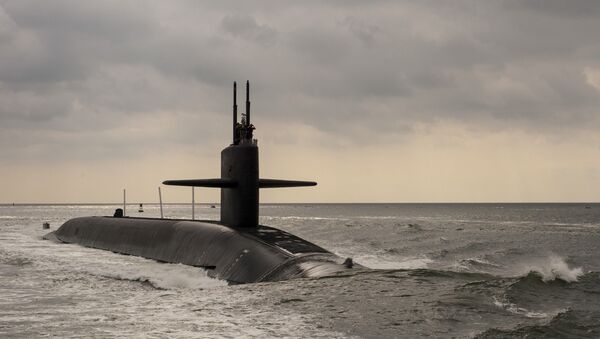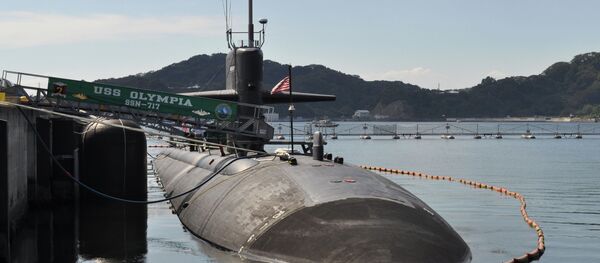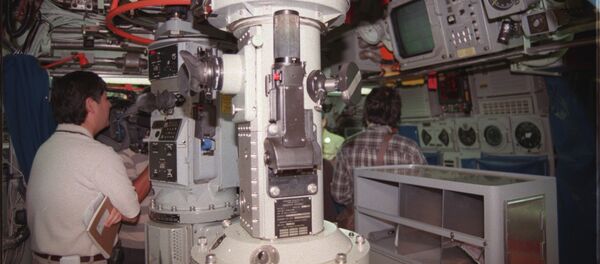The US Navy’s top priority for the moment is the Ohio Replacement SSBN. A key factor in US nuclear deterrence, the program has already sustained extensive delays, potentially affecting national security up until the year 2030.
With no time to spare, the Pentagon has included $773 million in its fiscal year 2017 budget proposal to advance the submarine program. The US Congress, however, has not yet passed the defense spending bill, and it is running out of time to do so.
"There’s not a lot of days," said Vice Adm. Joseph Mulloy, according to Breaking Defense, pointing out that the current proposal expires December 9.
Speaking to Sputnik, former deputy assistant defense secretary for nuclear and missile policy Brad Roberts stressed that nuclear modernization is critical for Washington’s long-term deterrence goals.
"Modernizing these systems is a challenge that the country did not face from the end of the Cold War until quite recently – meaning, when the Cold War ended, we had just been through the Reagan defense buildup," he said.
"There were new nuclear submarines, new nuclear bombers, new ICBMs, new warheads and bombs, a new command-and-control system, and for essentially 30 years we have lived on the coattails of those investments and now the bill has come due."
"It is not as if the modernization plan is aimed at putting new technical capabilities in the ground that are significant improvements of what is already there, as it is simply a replacement program to ensure that we do not unilaterally disarm as the systems age."
In the meantime, the US Navy is scrambling to cut costs, with some suggesting that fewer Ohio-class replacements will have to do.
The Navy’s Program Executive Officer for submarines, Rear Adm. Michael Jabaley, said they are redirecting R&D funds to develop individual components that will ultimately be used in the submarine, once approved.
"We are already building pieces of the ship," Jabaley said.
Hopefully the money will come in to make those parts fit together.




